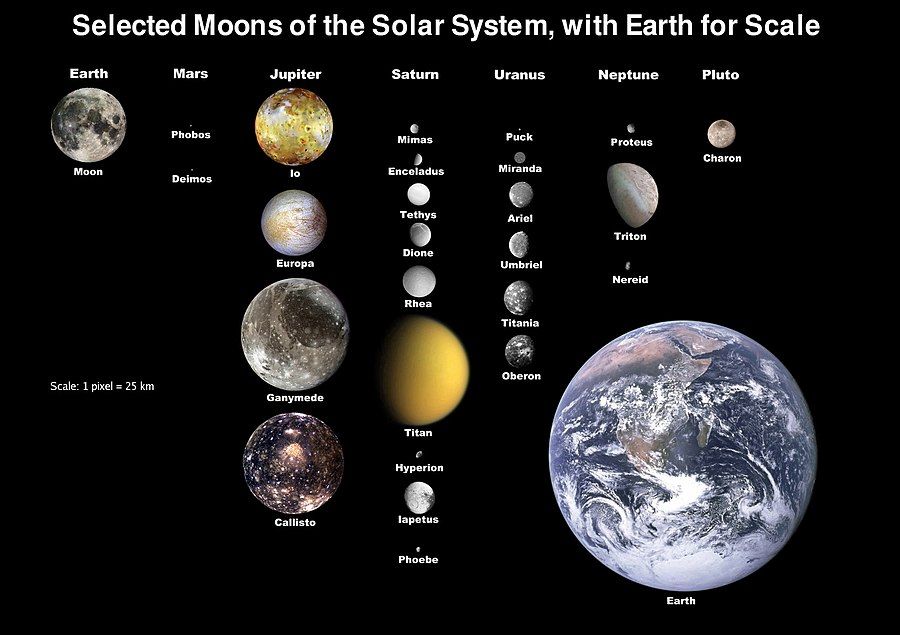
🛰 Water Vapour discovered on Jupiter's Moon thanks to Hubble
The Hubble space telescope is one of many space research programs that has a far longer lifespan than expected. 30 years after deployment it has now done yet another discovery.
Share this story!
It’s starting to become a regular pattern of space research programs: they exceed expectations. The Hubble space telescope is yet another example. 10 years. That was Hubble’s anticipated lifespan when launched in April 1990. But here we are, more than 30 years later, and the space telescope is still on duty. And its tools keep on providing us with crucial information about our solar system.
In research published in Nature Astronomy, astronomers – amongst them Lorenz Roth, of the KTH Royal Institute of Technology in Stockholm, Sweden – announce the discovery of the first evidence of water vapor on the surface of Jupiter’s moon, Ganymede. The findings came with the analysis of far-ultraviolet observations made by Hubble between 1998 and 2010. And the conclusions are clear: around the equator of the icy moon, the temperature rises high enough for water molecules to sublimate – conversion from solid to a gaseous state.
A discovery that opens the horizon
This is not the first time scientists detect traces of H²O on other bodies of the solar system. Several studies found in different states on Mars, Enceladus (moon of Saturn), or Europa (another moon of Jupiter). But this latest discovery is particularly significant considering the next mission to be launched by the European Space Agency (ESA): the Jupiter Icy Moon Explorer (JUICE). The purpose of this program will be to perform detailed observations of the giant planet and three of its moons, including Ganymede.
This is something Lorenz Roth highlight in a statement shared by Hubble’s official site:
“Our results can provide the JUICE instrument teams with valuable information that may be used to refine their observation plans to optimize the use of the spacecraft".

Hubble and the path of Voyager
Outside of the scientific accomplishment, these conclusions made using Hubble’s tools tell us another significant story.
Ever since the very first steps in space exploration, the question of costs and values has been put on the table by critics. And their recurring argument remains consistent over time: these programs are simply too expensive, and the money could, and should be invested in other fields.
A program expected to last 10 years going on for more than 30 is a good way to show the importance of space exploration. We simply cannot foresee the entire extent to which a mission shall be beneficial for science or humanity.
Prior to Hubble, the Voyager mission has also exceeded the initial plans. Primarily intended a solar system exploring mission, both Voyager I and II, launched in 1977, has entered interstellar space. According to the official Voyager website, both spacecraft are expected now to operate until 2025, nearly 50 years since their departure. The Hubble Space Telescope seems to be on the same track.
By becoming a premium supporter, you help in the creation and sharing of fact-based optimistic news all over the world.


